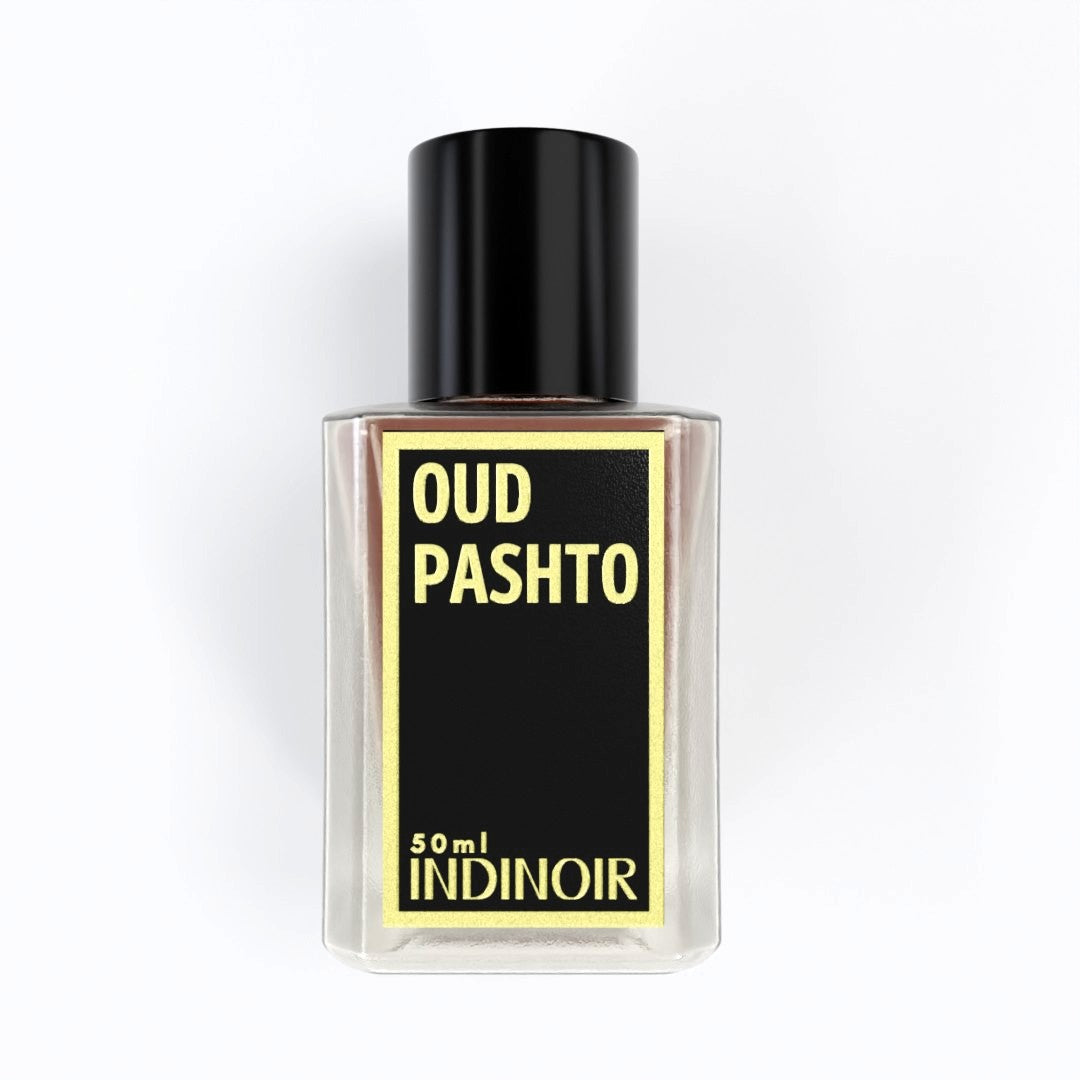What are the different perfume concentrations?
The most standard classification of perfumes based on the concentration of scent is:
- Extrait de parfum or Parfum
- Eau de parfum
- Eau de toilette
- Eau de cologne
- Eau fraiche
Let’s look at each a little more closely.
But before we do, here is a quick disclaimer. The percentage of scent concentration in each case is only a rough average. Since there are no industry standards, all perfume houses have their own grade for each category. The numbers also change based on the manufacturer.
Extrait de parfum:

Extraits can have a concentration of anywhere between 20% to 30%. Some have been known to be as high as 40%. This, of course, makes them a fair bit more expensive than the alternatives. Although, arguably, the benefit of such a high concentration is the perfume’s longevity. While most tend to last an average of 8 to 12 hours, some can perform for close to 24 hours. The formulation is generally such that you can perceive all three notes distinctly as the fragrance unfolds over time.
High concentration and longevity combined means that Extraits have to be used sparingly. Therefore, you may find many parfums come in a dab bottle instead of an atomiser. Relatively low alcohol content makes it a better perfume option for those with sensitive skin. Extraits, of late, have become a rare find. Many perfume houses do not make them, and if they do, they’re not easy to find and can be pretty expensive.
Eau de parfum (EDP):

At 15% to 20% concentration, EDP is, more often than not, the highest concentration a perfume is available in. Brands, therefore, tend to market these as the luxury editions of any perfume line. EDPs are likely to last an average of 8 hours. While the top notes may be volatile, the heart notes and the base are generally the focus and tend to linger for a longer duration.
You can wear EDPs on your skin or sometimes on clothes. While most versions come as a spray, some brands may sell them as dab on. All in all, EDPs are, arguably, excellent value for money. The higher concentration allows you the full experience of the scent. And longevity ensures that it lasts through the working day without the need for reapplication.
Eau de toilette (EDT):

EDTs are the fresher versions of any scent. They may have a concentration of 5% to 15%, and the fragrance may last for 3 to 5 hours per application. Perfume makers usually highlight the top notes in the EDT edition. Citrusy and spicy fragrances are popular choices for top notes in these versions.
The high alcohol content of EDTs comes with its own benefits. They are safer to wear on clothes. The diffusion is pretty seamless. They project farther, making them excellent choices for daytime wear and occasions where you need to make a good first impression.
Eau de cologne (EDC):

Colognes have a scent concentration of 3% to 5% and last for a couple of hours post application. It is also an inexpensive version of the perfume. The focus is on clean and bright notes of the scent. It is available as a spray and as a splash.
Since you need to reapply it through the day and it is low priced, colognes are sold in much higher quantities than other variations. It might not be the best option for people with sensitive skin due to its high alcohol content.
Eau fraiche:

Eau fraiche literally translates to cool water. It is similar to colognes in functionality, meaning it is generally used as a grooming product. What makes it different from EDCs is that the scent concentration is usually less than 3%. It is often diluted in water and not alcohol.
Eau fraiche is a light and affordable product that you can incorporate into your daily grooming routine. Low to no alcohol content makes it a great option for anyone with sensitive skin. The only pitfall is that it only tends to last for an hour or so.
Conclusion:
The lower concentrations of a perfume are lighter. They are good options for one, daytime, and two, for spring and summer when you want something fresh and bright. People prefer extraits and EDPs for times when you want a rich scent but a low projection. Head on over to our website to check out our range of perfumes.
Want to know more about perfumes and how they work? Take a look at other instalments of Fragrance 101 series:
Fragrance 101: A Beginner's Guide to Fragrance Notes and the Perfume Pyramid
Fragrance 101: A Beginner's Guide to Olfactory Families and the Fragrance Wheel






Comments (0)
Back to A Beginners Guide to Fragrances